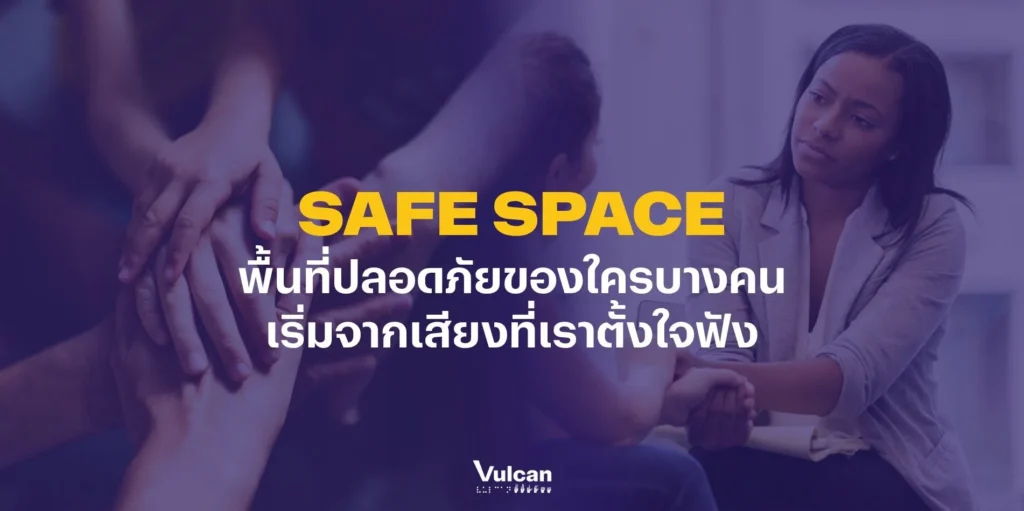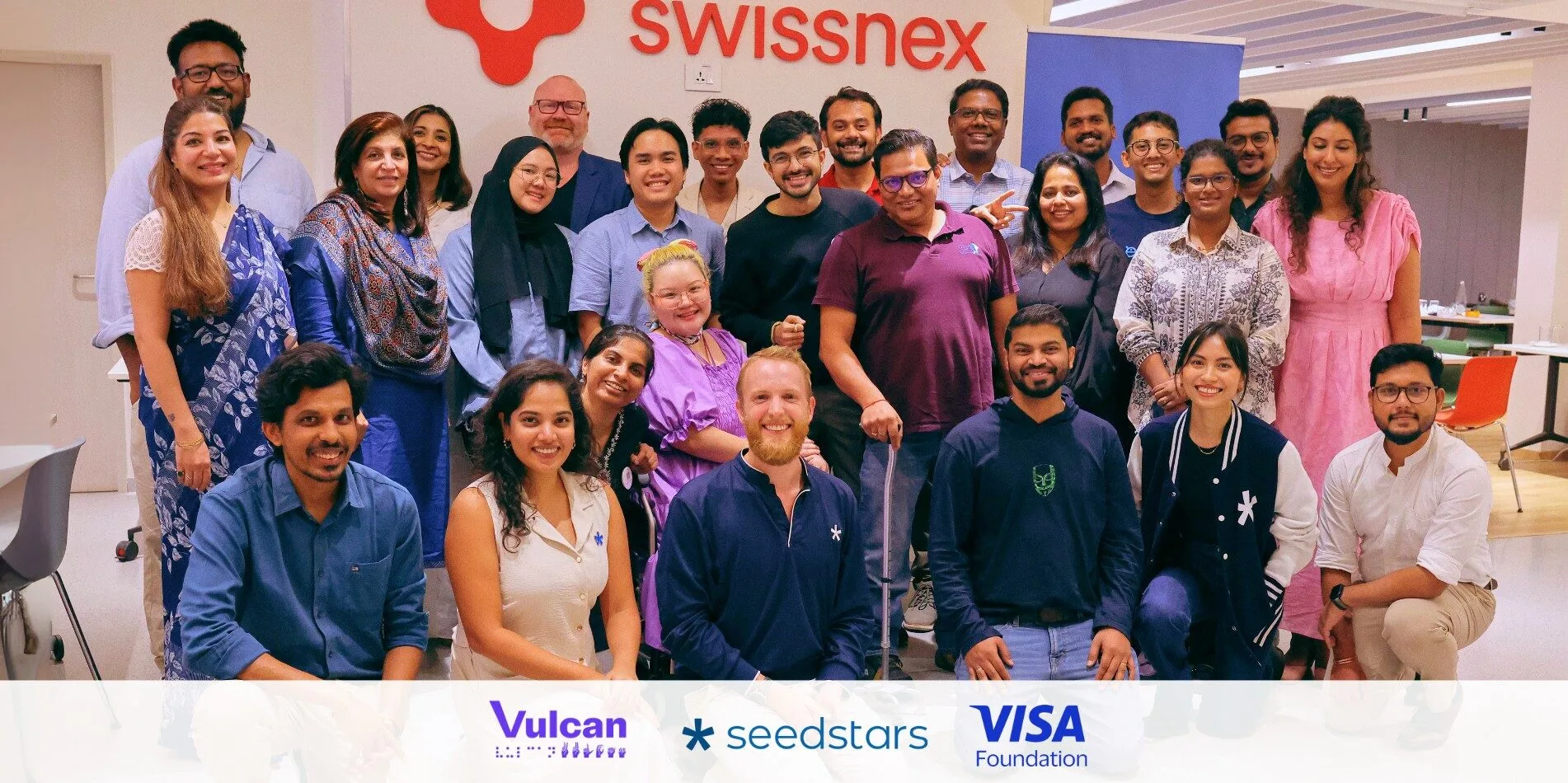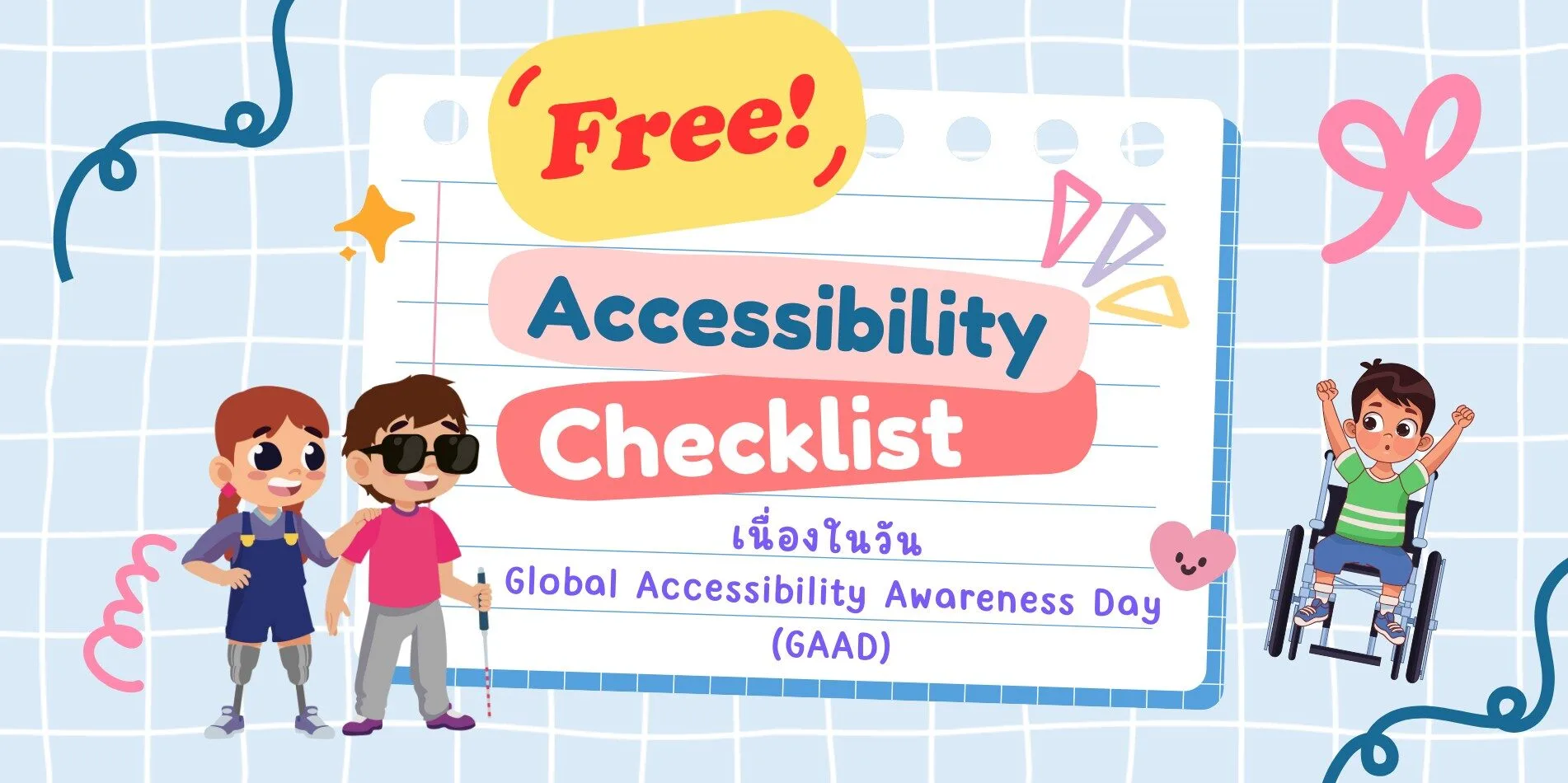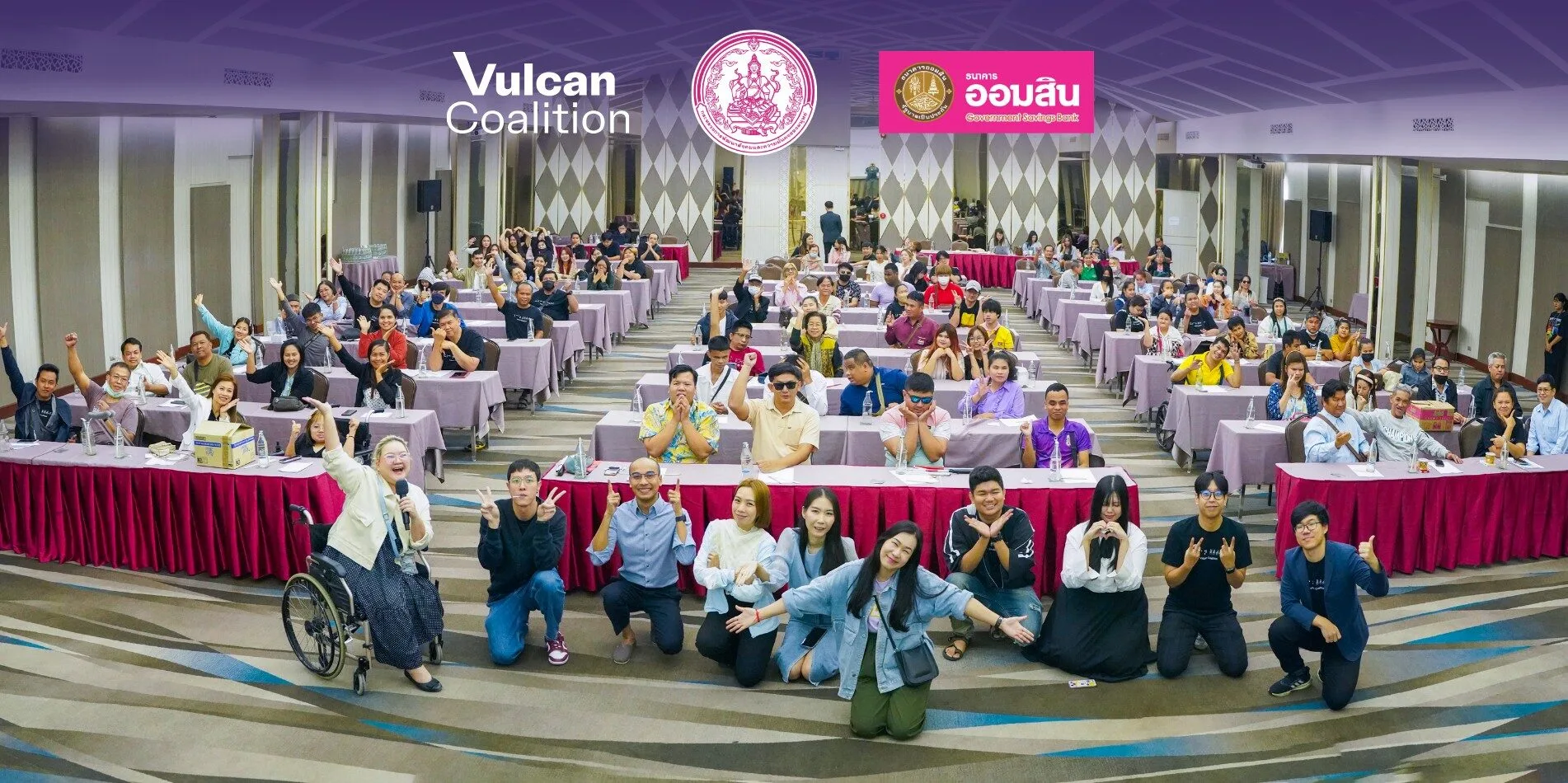A Safe Space Doesn’t Start with Policies — It Starts with How We Listen Many organizations begin creating a safe space with good intentions: to foster openness, friendliness, and inclusivity at work. But well-meaning policies don’t always translate into a true sense of safety.
In some workplaces, even with clear statements about diversity and non-discrimination, some employees still don’t feel fully comfortable being themselves. Because a safe space isn’t built on beautiful words — it’s built, little by little, through the ways we listen to one another in real life.
Misunderstandings Around the Idea of a “Safe Space”
Some people assume that a safe space must be calm, quiet, and conflict-free. But in reality, a safe space isn’t a place without differences. It’s a space where differences can be shown — without judgment.
A safe space doesn’t mean “say anything without consequence.” It means: “we can speak our truths, without fear of being diminished.” And the key condition that makes this possible is a culture of non-judgmental listening.
Listening = The Foundation of Psychological Safety
Google’s Project Aristotle revealed that the strongest predictor of team success wasn’t individual talent — it was Psychological Safety: the feeling that people could speak freely without fear.
Similarly, Salesforce Research found that teams where employees feel their voices matter can be up to 46 times more productive.
When people feel safe to speak up, ask questions, and admit mistakes, teams grow beyond numbers — they build trust, learning, and innovation.
Imperfect, But Honest
At Vulcan Coalition, we work within a deeply diverse context: in physical ability, identity, language, and life experience. We may not always have the perfect answers. But we keep asking ourselves, day after day: “Have we really listened enough today?” “Is there someone who still doesn’t feel safe to speak?” And whenever someone dares to say, “I’m not okay” — we thank them. Because that means they still trust that their voice matters. And every time we go back and make adjustments, that’s one more step toward a clearer, stronger Safe Space.
Safe Space = Practicing the Art of Listening, Over and Over
A safe space isn’t something you finish building in a day. It grows slowly — each time someone chooses to speak, and someone else chooses to truly listen without judgment.
If you're building a team where people feel safe to be themselves, you can start today. Just ask: “Do you feel safe enough here to speak your truth?” Then listen closely — because that answer might reflect your organization more clearly than anything else.










